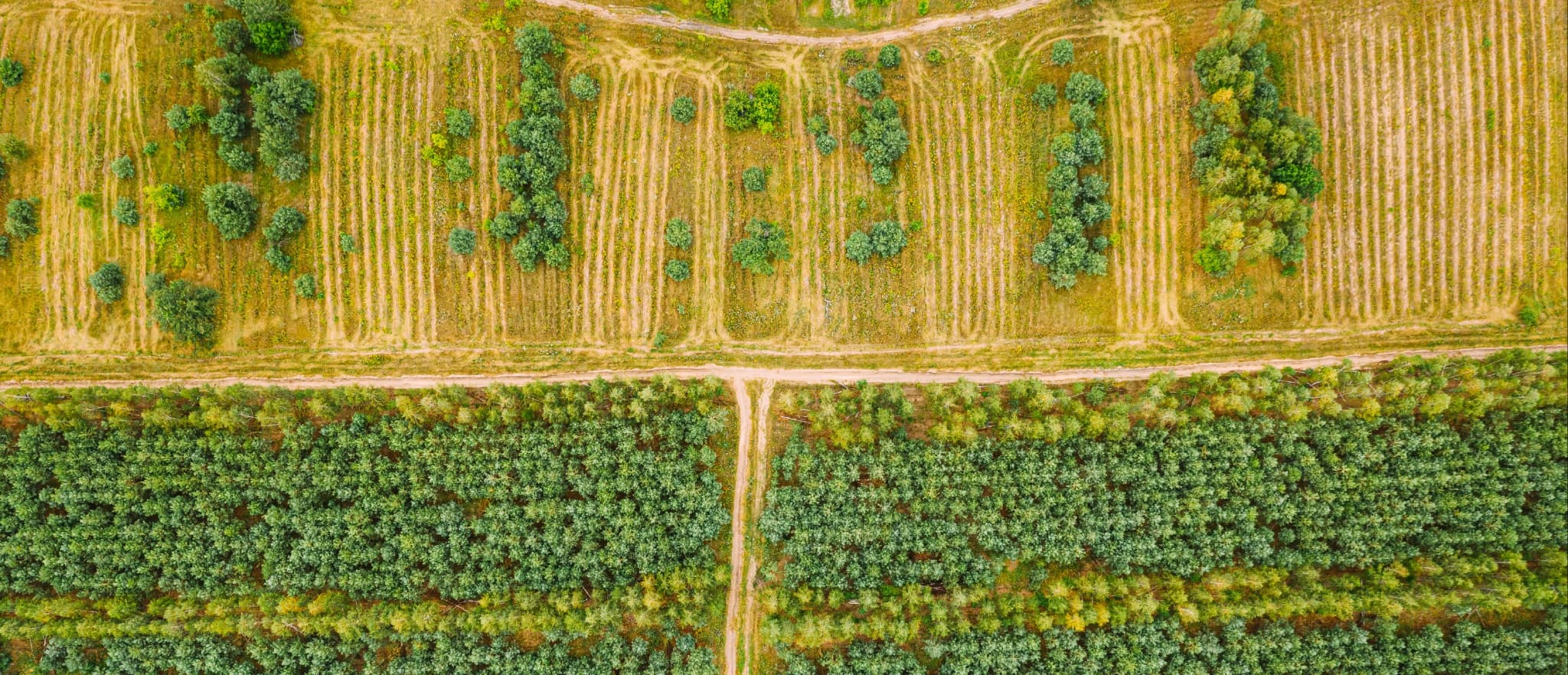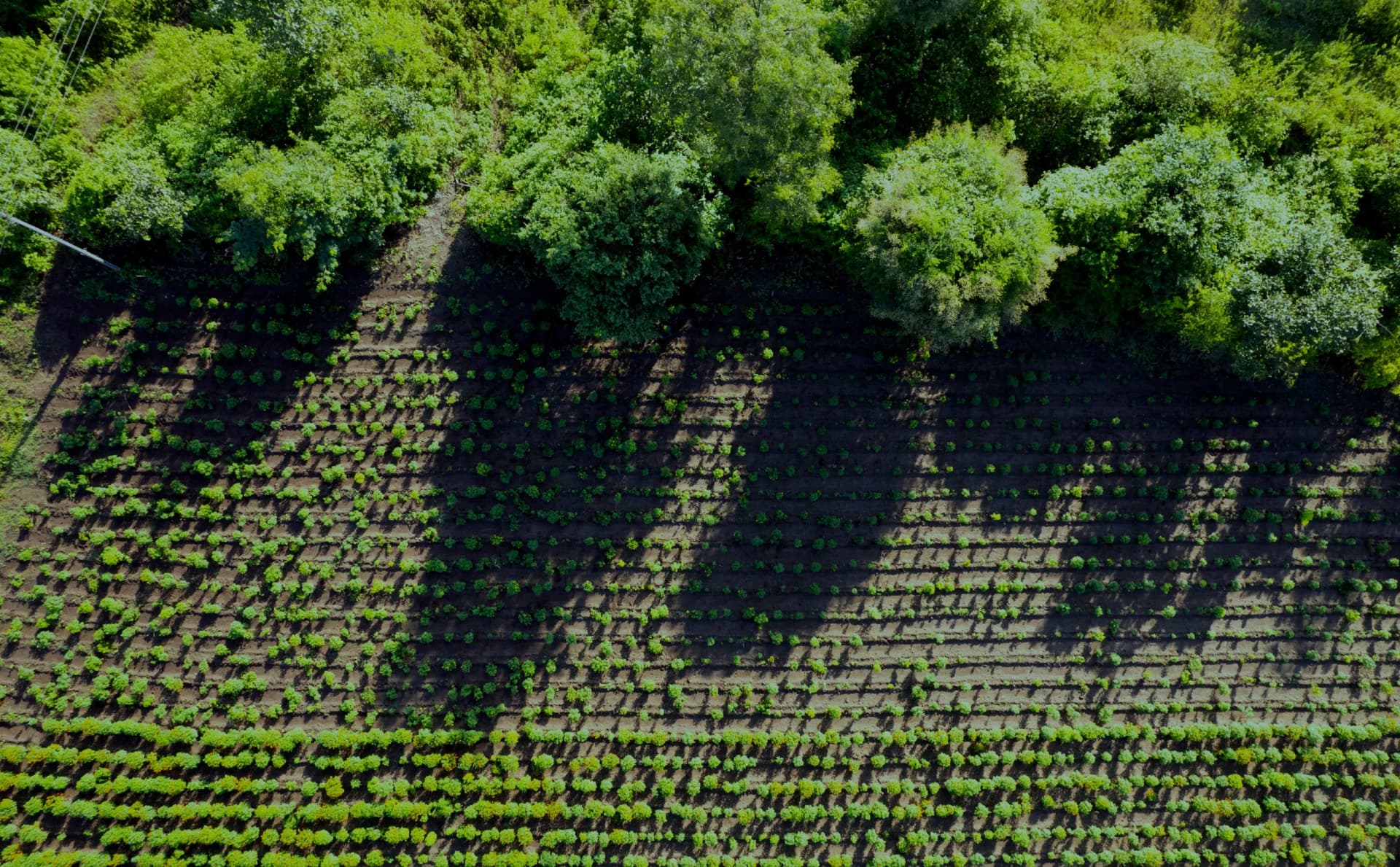
What is Afforestation, Reforestation, and Revegetation?
Afforestation, reforestation, and revegetation are essential nature-based solutions for managing carbon emissions. Afforestation involves planting trees in areas that have never been forested. Reforestation restores forests to areas where they once existed but were lost. Revegetation reintroduces native plants to degraded or disturbed lands. These practices play a crucial role in mitigating climate change by sequestering carbon dioxide from the atmosphere. They also help protect biodiversity by creating habitats for wildlife and preventing soil erosion and water pollution. By enhancing soil health and water quality, ProClime's ARR projects contribute to a healthier planet for generations to come.







